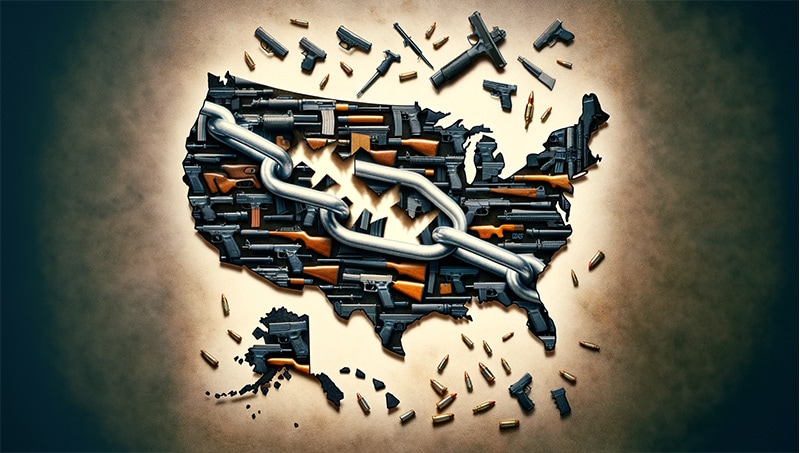In the ongoing debate about gun control in the United States, it’s crucial to ground our discussions in factual evidence and logical analysis. As an advocate for responsible gun ownership and a Federal Firearms Licensee (FFL) based in North Myrtle Beach, South Carolina, I aim to present a perspective that underscores the complexities of gun control legislation and its impact—or lack thereof—on reducing gun-related violence. This post is intended to highlight key facts and data, contributing to a more informed conversation on this contentious issue.
The Data on Gun Deaths and Ownership
According to the Centers for Disease Control and Prevention (CDC), there were approximately 38,000 gun deaths in 2016. Notably, two-thirds of these fatalities were suicides, which suggests that the issue of gun violence is also inextricably linked with mental health concerns. With over 300,000,000 guns in the United States, the sheer number of firearms is often cited by gun control advocates as a primary cause of gun violence. However, a deeper dive into the statistics reveals a more nuanced picture.
The Comparison of Murder Weapons
Interestingly, murders by knives occur over five times more often than by rifles. This statistic challenges the narrative that rifles, particularly those often labeled as “assault weapons,” are the predominant tool for violent crime. In reality, handguns are responsible for more than 80% of total mass shootings, pointing to a discrepancy in the public discourse versus the factual usage of firearms in crimes.
International and Historical Perspectives
The United States has the highest gun ownership rate in the world but ranks 28th in gun murders, with 2.97 deaths per 100,000 people. This ranking suggests that the prevalence of guns alone does not directly translate to a higher rate of gun murders—a sentiment echoed by the situation in Switzerland. With a population of about 8 million and an estimated 2 million guns, Switzerland’s overall gun homicide rate is practically zero, despite limited gun legislation.
The Impact of Gun Control Legislation
Between 1993 and 2003, gun ownership in the U.S. increased by 56%, yet gun violence decreased by nearly half. This period is a testament to the potential effectiveness of policies that focus on responsible gun ownership rather than blanket restrictions. Additionally, since 1950, nearly all mass public shootings have occurred in gun-free zones, highlighting the potential for such policies to inadvertently create targets for mass shooters.
The Perspective of Law Enforcement
An overwhelming 86.4% of 20,000 police chiefs and sheriffs support concealed carry and are against further gun control measures. This support is grounded in the understanding that law-abiding citizens with concealed carry permits, on average, commit fewer crimes than the police themselves. Moreover, there is a clear correlation between higher firearm ownership and reduced police killings, suggesting that responsible gun ownership can contribute to the safety of those tasked with enforcing our laws.
Conclusion
The debate around gun control is multifaceted and deeply polarizing. Yet, as we navigate these discussions, it’s imperative to rely on factual evidence and comprehensive analyses. The data presented here underscores that simplistic solutions and broad gun control measures may not address the root causes of gun violence and, in some cases, may lead to unintended consequences. As a scientist and a proponent of the Second Amendment, I advocate for a balanced approach that considers the rights of responsible gun owners while addressing the underlying issues of mental health and crime prevention. Let’s aim for a future where policy decisions are informed by facts, reason, and a shared commitment to the safety and well-being of all citizens.

